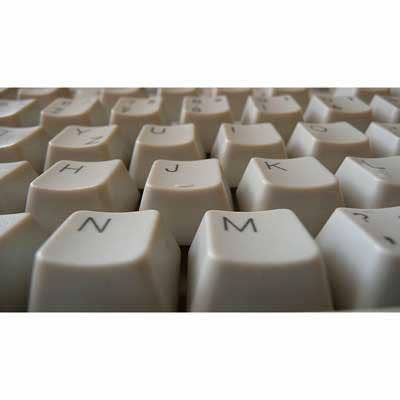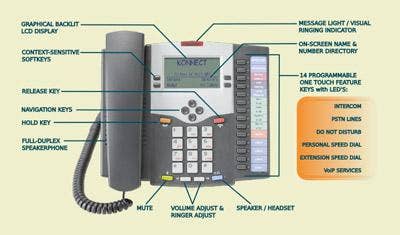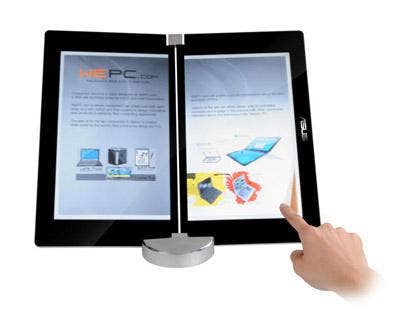New Multitouch Notebooks Set For Windows 7

While Apple is generally credited as the first to create a computer with support for multitouch, the Oct. 22 release of Windows 7 is expected to bring it to the masses. As such, system manufacturers are gearing up to build computers that take advantage of this new feature. Here are a few of the latest notebook models released in anticipation of this technological advancement.
Not a new model, the HP TouchSmart TX2 was touted as the world's first multitouch consumer notebook when it was released late last year. The TX2 is a 12.1-inch tablet, offered with a variety of AMD Turion 64 X2 Dual Core Mobile processors and ATI Radeon HD graphics. Launched far in advance of Windows 7, the TX2 has a stylus but supports the multitouch option for those who plan to upgrade from the installed Windows Vista operating system.

Also claiming to be the industry's first tablet with multitouch, Dell's Latitude XT2 has a 12.1-inch screen as well. While our evaluation unit had a 1.40GHz Intel Core 2 Duo U9400 processor running Windows Vista Business on a 120-GB hard drive, the XT2 can be fully customized from a choice of various components.
As with other tablets, the screen is attached to the base by a single hinge in the center. When held in tablet (portrait) mode, the bottom of the screen becomes the right side by default. Among buttons that include a quick-launch button for Dell's ControlPoint system panel, a power and a CTRL button, there also is a button that rotates the screen 90 degrees clockwise at each push. This makes it a breeze for left-handed users to be comfortable holding the device.

A 13.3-inch tablet, Fujitsu's LifeBook T5010 is built with Intel's Centrino 2 processors. Although the T5010 already is part of an existing lineup, Fujitsu is now offering a dual-digitizer with multitouch screen as a $100 option. Among its other features, the T5010 has a modular bay that can be fitted with an optical drive, a second hard drive or an additional battery. There is optional AT&T/Verizon mobile broadband support as well.

Not a tablet, Toshiba's Satellite A500 will appeal to users interested in high-definition multimedia. With a 16-inch screen supporting full 1080p HD video, it is available with a choice of processor and graphics options from both AMD and Intel, and all versions contain Harman/Kardon speakers. Other options include up to 500 GB of hard drive space and support for up to 8 GB of RAM. The A500 currently is shipping with Vista Home Premium but, as with the other devices in this grouping, has multitouch support.

Also an existing model that was recently refreshed, Lenovo's ThinkPad T400s is the first of two new systems the company recently unveiled that has multitouch support. It is a 14.1-inch clamshell laptop in the standard Lenovo design. The excellent ThinkPad keyboard is still intact, as is the little red "eraser head" in the center of it.
Offered with either a 2.4GHz or 2.53GHz Intel Core 2 Duo processor and 1 GB, 2 GB or 4 GB of memory (our evaluation unit had the 2.53GHz P9600 and 4 GB of RAM), the T400s is available with almost every version of Windows Vista, as well as a 32-bit XP downgrade. A free Windows 7 upgrade also will be available that will take advantage of the multitouch display. Other notable features include Wi-Fi and Bluetooth support, and a variety of choices in CD/DVD drives, including Blu-ray.
Besides the additional support expected with Windows 7, Lenovo has created SimpleTap, an application that adds to the functionality of the touch screen.

Another updated model, the ThinkPad X200 from Lenovo is a tablet device that is available in a variety of configurations, including one with a multitouch screen. It ships with an Intel Core 2 Duo SU9400 processor and graphics driven by an Intel Graphics Media Accelerator 4500MHD.
As with the ThinkPad T400s, the ThinkPad X200 includes the company's SimpleTap application. SimpleTap is basically a grid of large transparent square tiles that can take the place of hardware buttons or even shortcuts. Among the default tiles are ones to mute and unmute the speakers, adjust the volume, turn the integrated 2-megapixel Webcam on or off and control the brightness of the screen.
The tiles can be slid all over the screen and even continue sliding and bouncing all around after the finger is released. Additional tiles can be created by the user to launch applications and perform other functions, as easily as creating a Windows shortcut.

While not a new breakthrough, multitouch technology is now poised to become a standard part of laptop, and eventually everyday, computing. These notebooks are the first in what will likely be an evolution of design and functionality, and manufacturers already are looking ahead to what the future might hold.
This concept design from Asus is not necessarily planned for immediate production, but may be a glimpse into where portable computing is headed. With two multitouch displays, the device can function as a standard laptop with a virtual keyboard, an e-reader or anything else developers with a little ingenuity can devise.